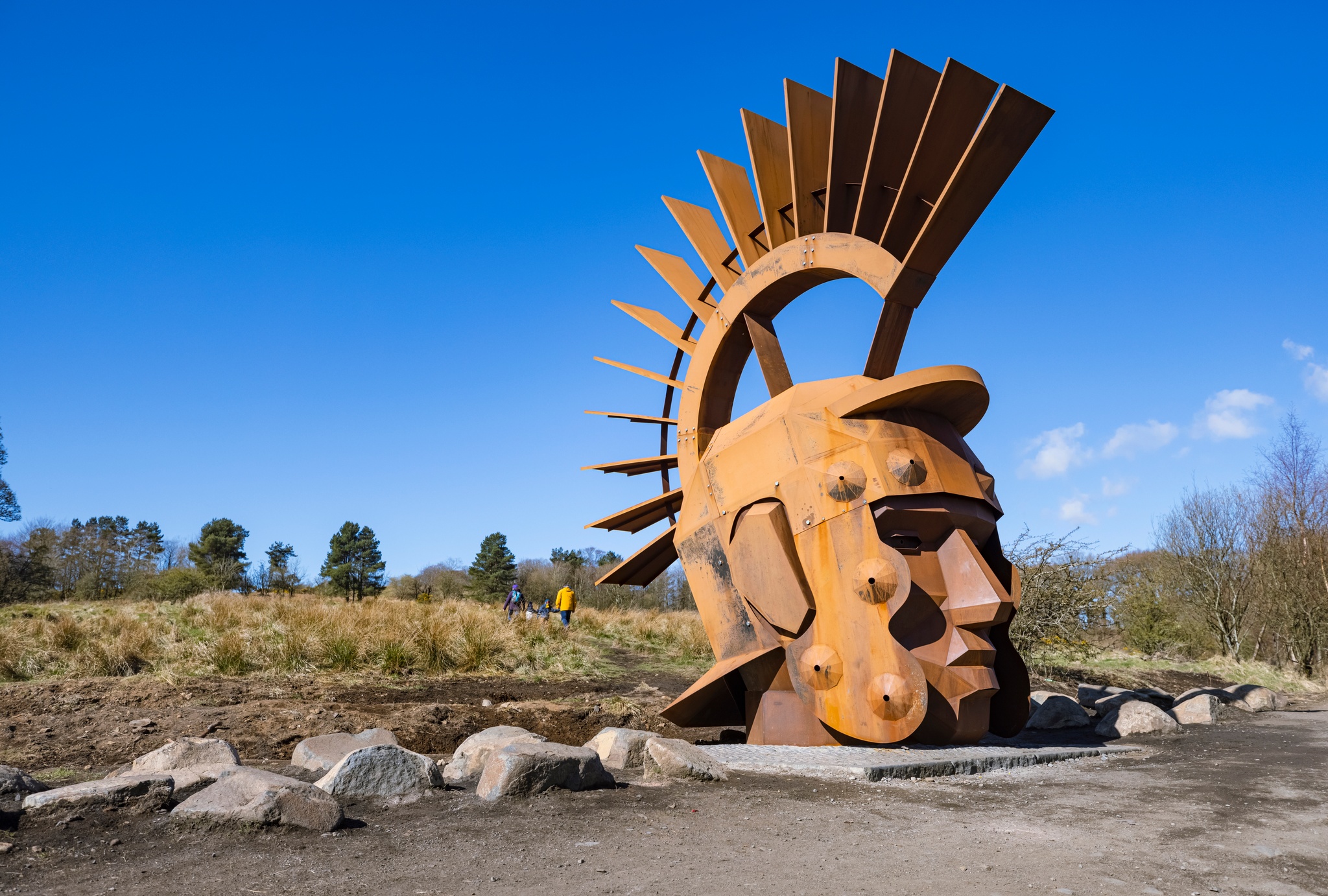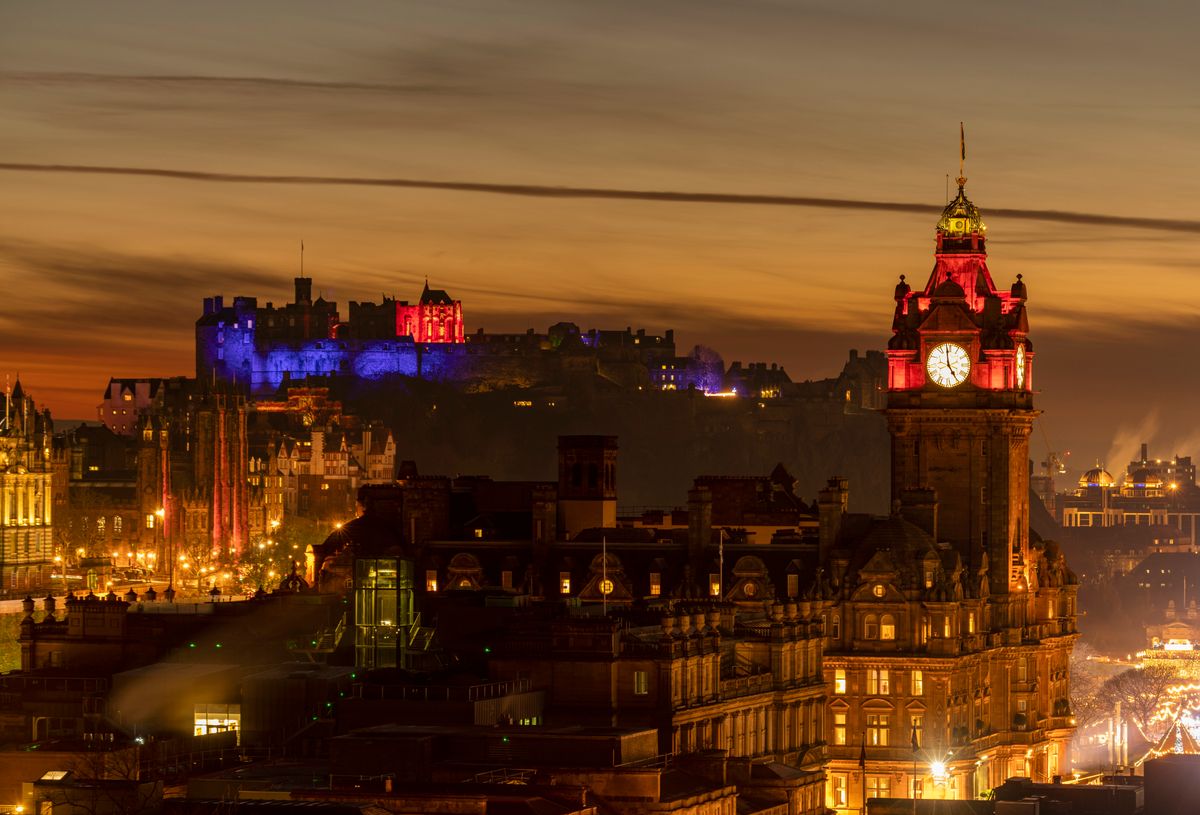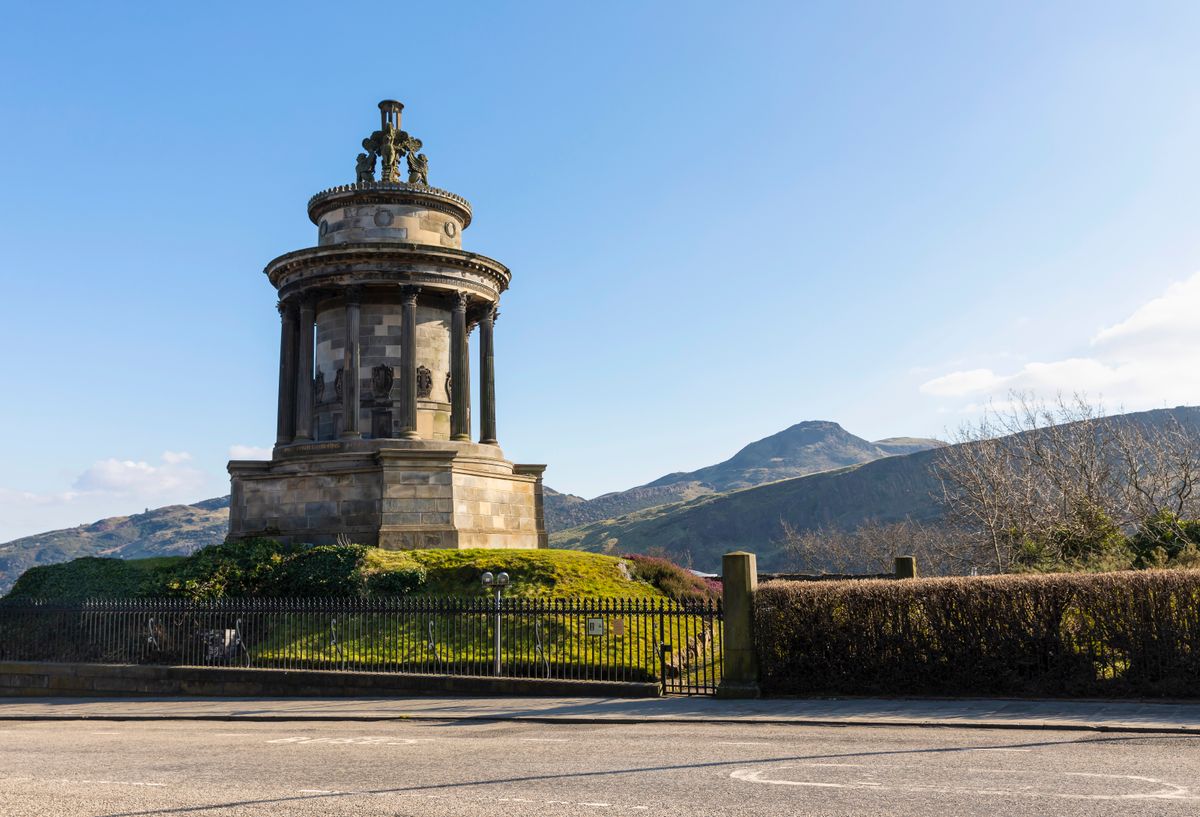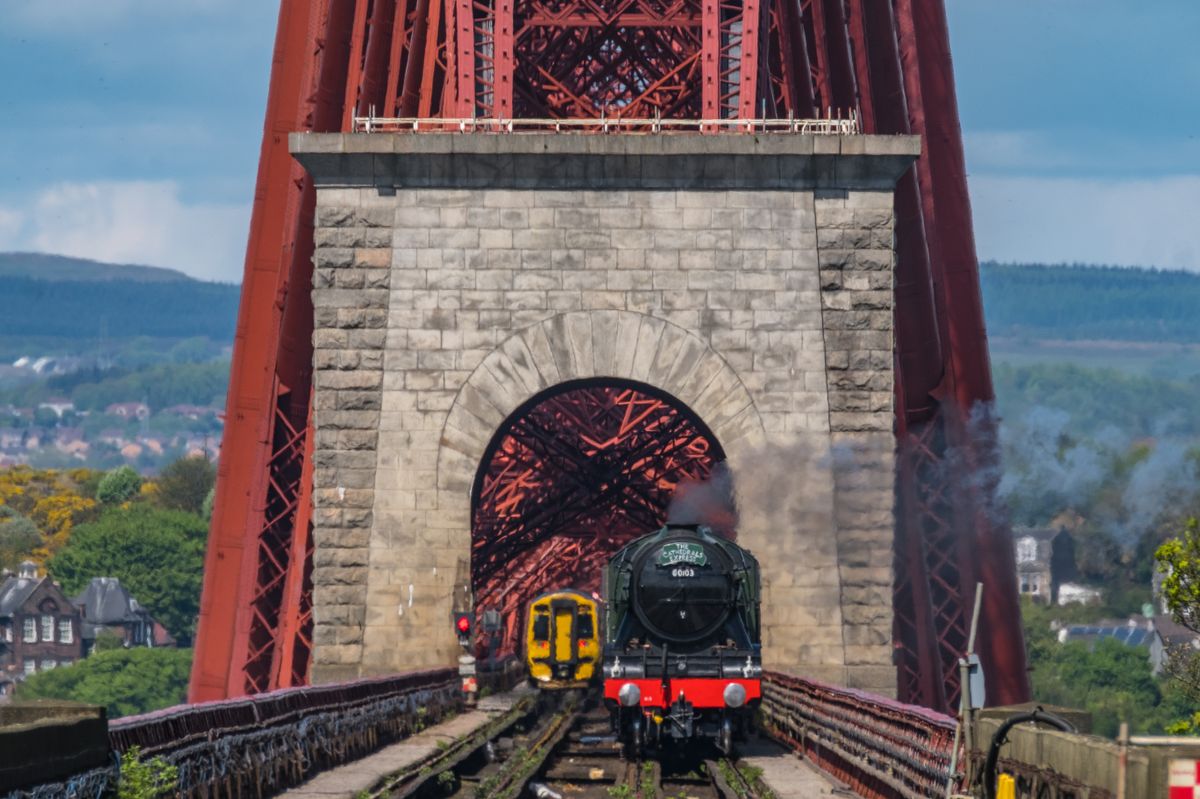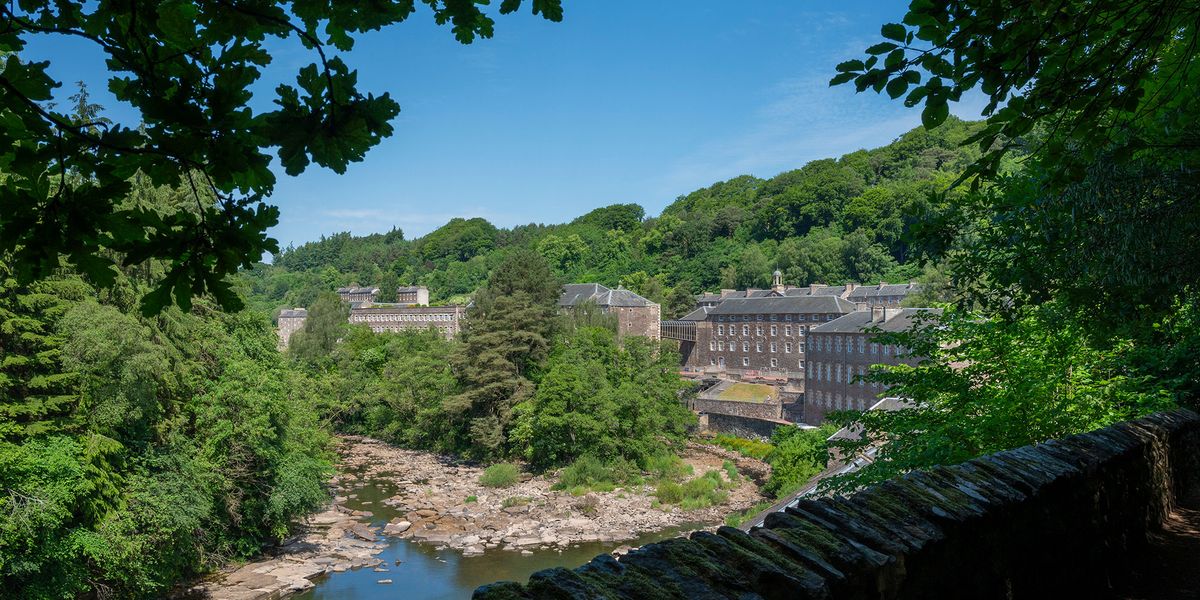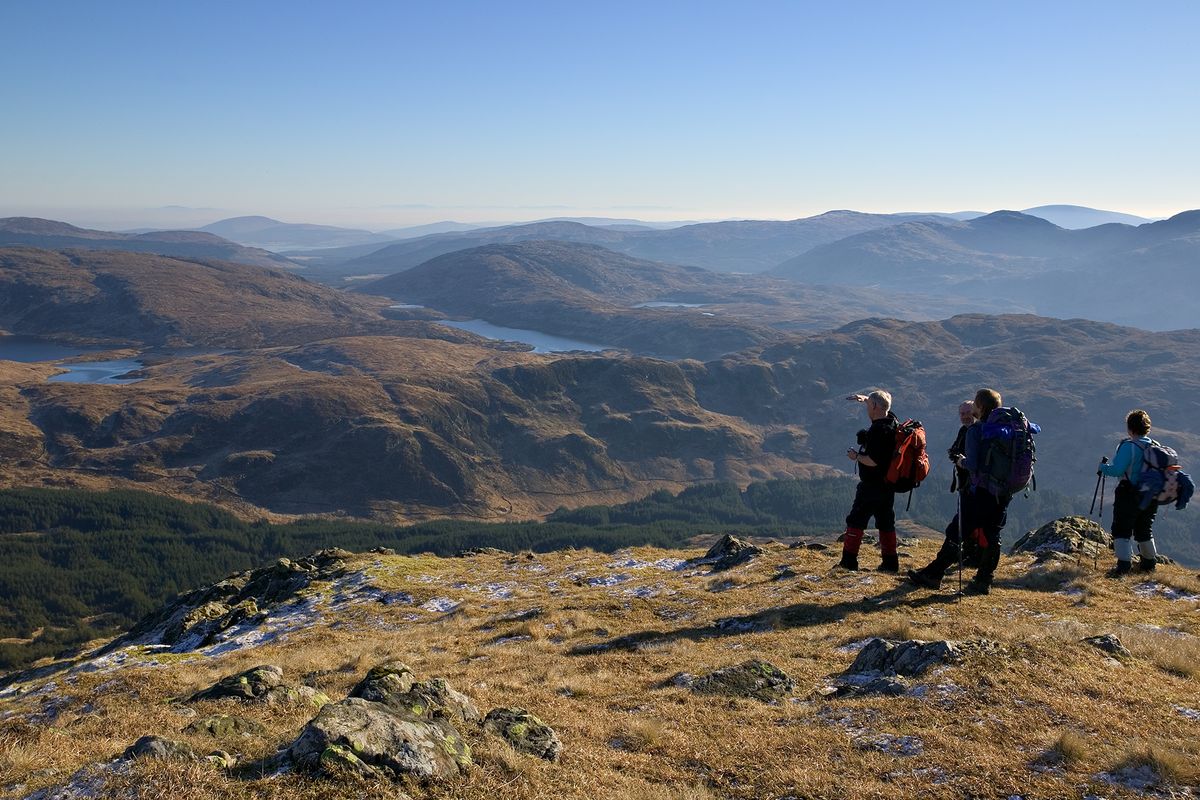Wist je dat de Muur van Antoninus van kust naar kust zo'n 60 km lang is?
De grenzen van het Romeinse Rijk
De Muur van Antoninus was niet alleen de meest noordelijke grens van het Romeinse Rijk, het was ook een van de meest geavanceerde Romeinse militaire constructies uit die tijd. De Romeinen wisten namelijk slim gebruik te maken van de natuurlijke verdedigingspunten in het landschap, zoals de hoge heuvels en steile hellingen om zo een sterke barrière op te werpen. In tegenstelling tot de Muur van Hadrianus, die van steen was gemaakt, bestond de Muur van Antoninus uit wallen van lagen turf met daarvoor een brede en diepe greppel om aanvallers af te schrikken. Het was in die tijd een zeer geavanceerde militaire constructie.
Achter de Muur liep een indrukwekkende Romeinse militaire weg, die ervoor zorgde dat voorraden, troepen en belangrijk nieuws snel door het gebied konden worden vervoerd, waardoor deze grens van het Romeinse Rijk in stand bleef.
Het fort van Kinneil bij de Muur van Antoninus op het Kinneil landgoed, Bo'ness
Ontdek de Muur van vandaag
Op veel goed bewaarde plekken langs de Muur kun je zien hoe slim de Romeinen waren met hun infrastructuur. Je krijgt ook een idee van hoe het dagelijks leven eruitzag voor de Romeinse soldaten die hier aan de uiterste grens van het rijk stonden.
Daarnaast zijn er replica's van stenen tabletten, beelden en speeltuinen met een Romeins thema, die je op een leuke manier meer leren over de Muur, zodat het voor mensen van alle leeftijden en met verschillende interesses toegankelijk wordt.
Een badhuis langs de Muur van Antoninus, Bearsden
© VisitScotland / Kenny Lam
Delen van de Muur van Antoninus
Het best bewaarde stuk van de greppel en wal is het 8 km lange stuk bij Watling Lodge in Falkirk, maar je kunt ook op andere plekken restanten van forten, de wal en zelfs badhuizen zien, zoals in Goldenhill Park, Duntocher, Bearsden, New Kilpatrick Cemetery, Bar Hill, Croy Hill, Castlecary, Kinneil, Callendar Park, Rough Castle, Seabegs Wood en nog veel meer.
